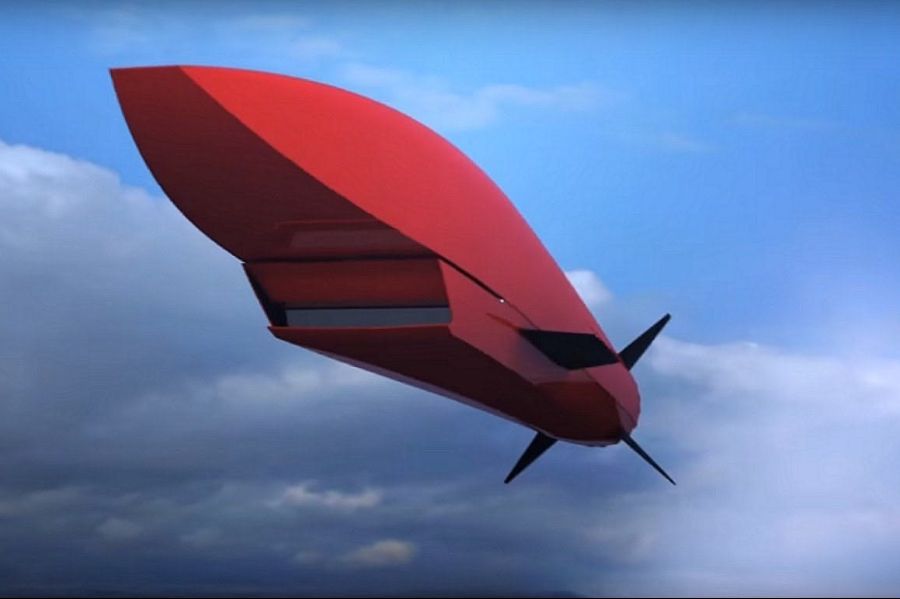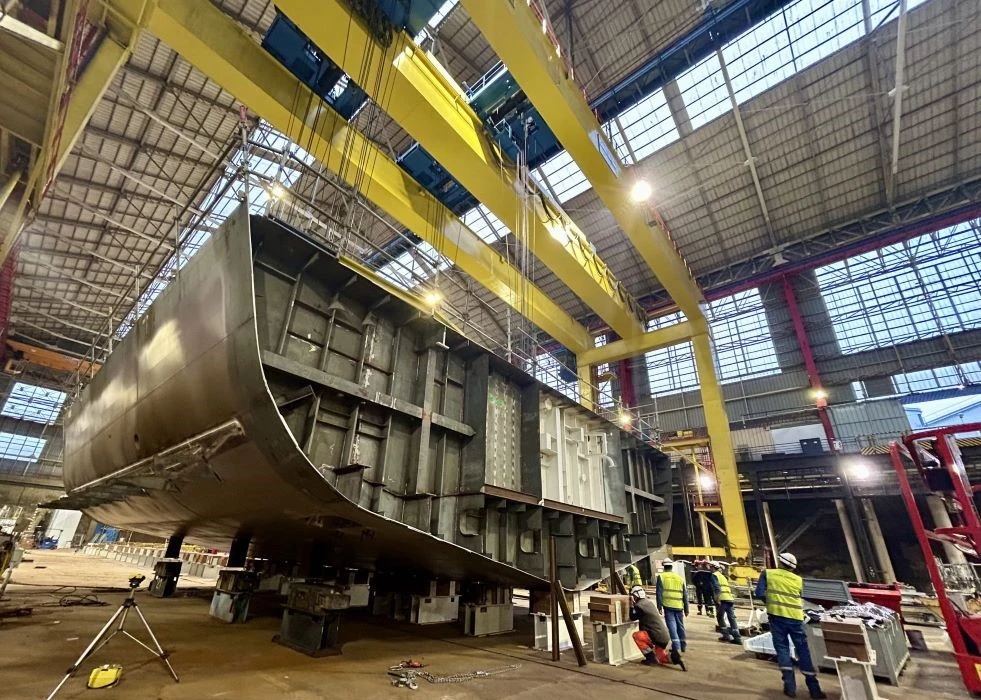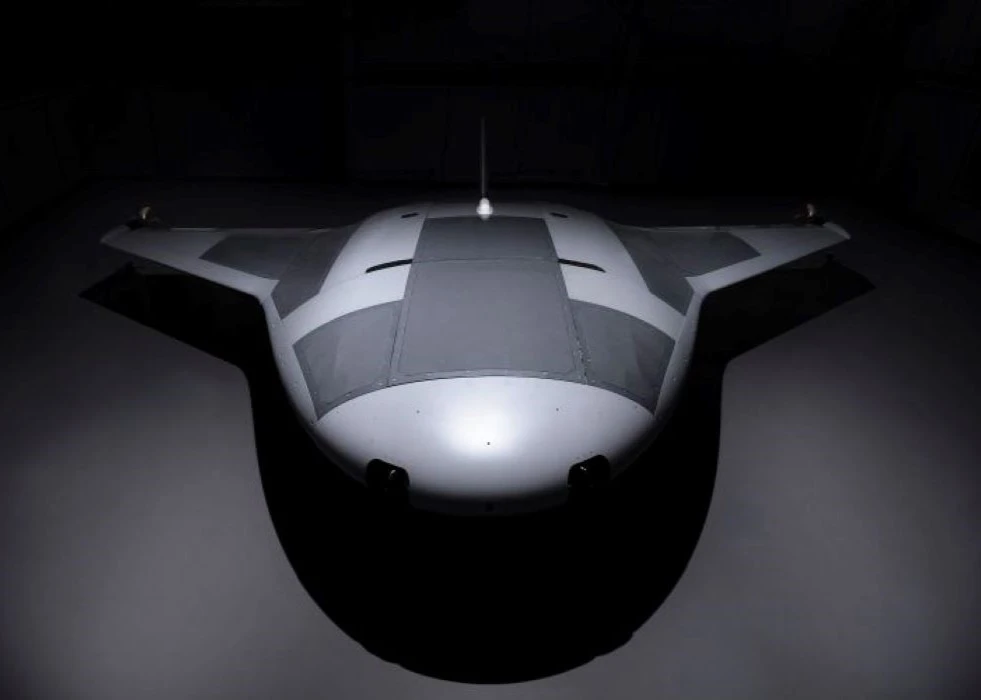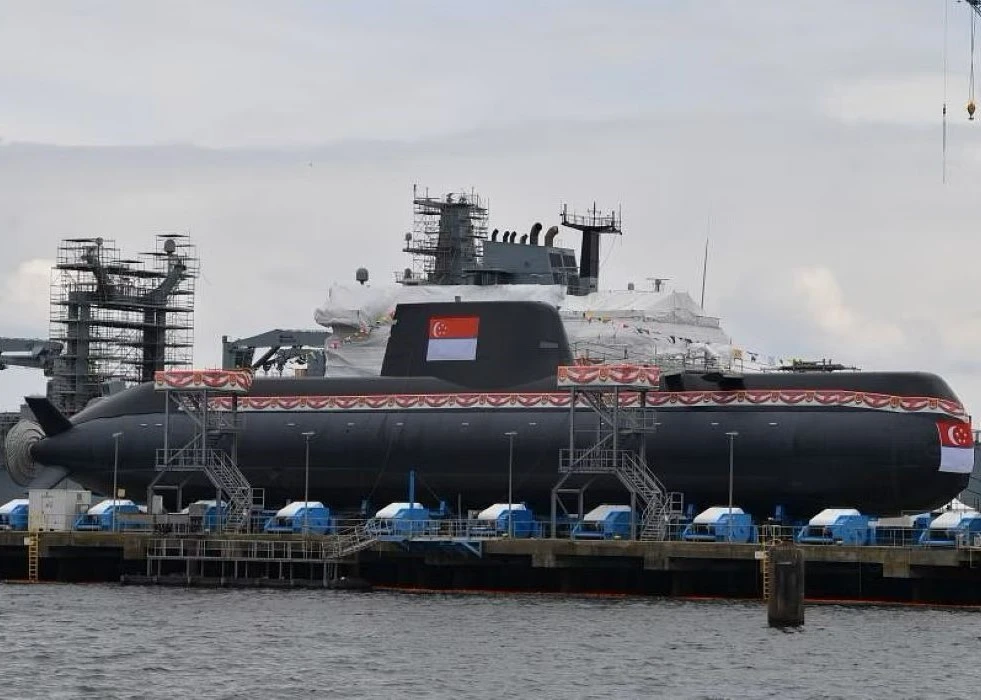British Minister for Defence Procurement Jeremy Quin stated that “The Planning Assumption for Service Entry for Future Cruise /Anti-Ship Weapon on the T26 Frigate and Typhoon aircraft is 2027 and 2030 respectively.”
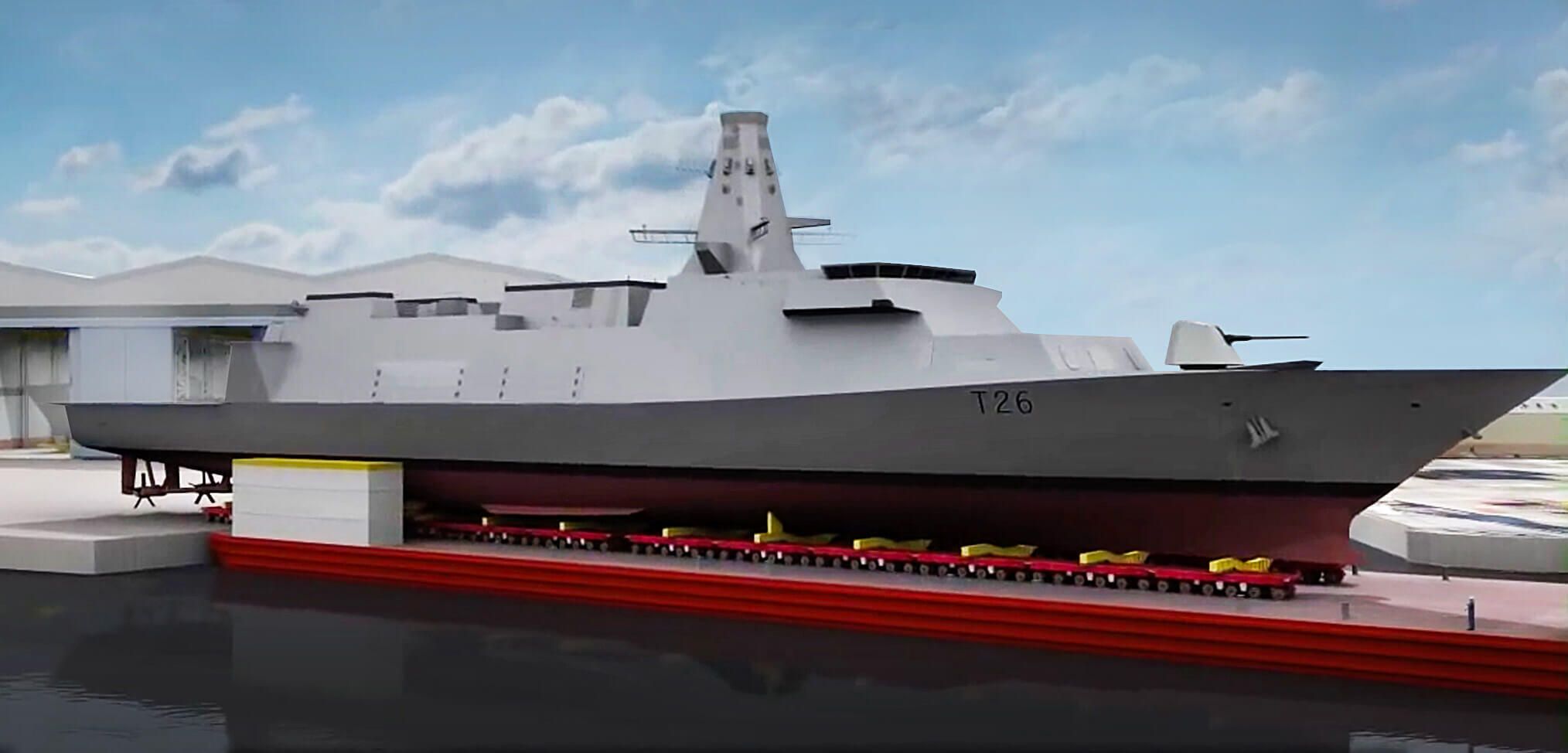
Quin also added:
“The Concept Phase has been focussed on conducting in-depth operational analysis, technical studies and initial design activity to refine user requirements and better understand the options available to MOD to meet these. The Concept Phase findings form part of the Programme’s Outline Business Case for Ministerial consideration.”
Last year, MBDA announced the successful completion of its’ Key Review,’ which was conducted in collaboration with the U.K. and French armament procurement agencies, Defence Equipment and Support (DE&S) and the Direction Générale de l’Armement (DGA).
The completion of this Key Review allows for selecting the most promising missile concepts to meet the requirements expressed by both nations’ armed forces. The study’s findings will also allow for the establishment of road maps for maturing the required technologies and the launch of any subsequent assessment phase.
In 2016 at the UK–France Security Summit, the two countries agreed to work on a “joint concept phase for the FC/ASW programme to identify solutions for replacing the Scalp/Storm Shadow missiles for both countries, Harpoon for the UK and Exocet for France. The FC/ASW programme was reaffirmed at the 2018 United Kingdom-France Summit.
In response to the AUKUS security pact, which saw Australia cancel the acquisition of French-designed conventional submarines in favour of nuclear submarines based on the US and UK technology, France postponed signing a Memorandum of Understanding advance the project in September 2021. Admiral Tony Radakin, the First Sea Lord, told the House of Commons Select Defence Committee in November that options for FC/ASW were still “being looked at,” including potential hypersonic weapons. If a collaborative approach is still pursued, the introduction of these weapons may be delayed until the 2030s.
The FC/ASW has a ramjet engine, is five metres long, weighs around 800 kg, and has a payload of one 200 kg main warhead and two 50 kg subsidiary warheads. These warheads can either contribute directly to the overall impact or be ejected from lateral bays before the missile reaches its target, effectively acting as submunition.

